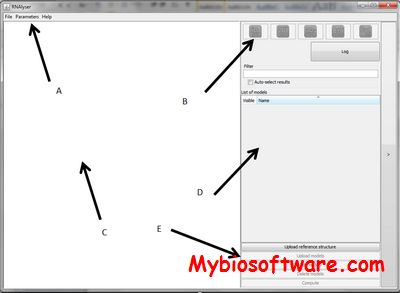SpeedSeq v0.1.2
:: DESCRIPTION
SpeedSeq is an open-source genome analysis platform that accomplishes alignment, variant detection and functional annotation of a 50× human genome in 13 h on a low-cost server and alleviates a bioinformatics bottleneck that typically demands weeks of computation with extensive hands-on expert involvement.
::DEVELOPER
:: SCREENSHOTS
N/A
:: REQUIREMENTS
- Linux
- Python
:: DOWNLOAD
:: MORE INFORMATION
Citation:
Nat Methods. 2015 Oct;12(10):966-8. doi: 10.1038/nmeth.3505. Epub 2015 Aug 10.
SpeedSeq: ultra-fast personal genome analysis and interpretation.
C Chiang, R M Layer, G G Faust, M R Lindberg, D B Rose, E P Garrison, G T Marth, A R Quinlan, and I M Hall.
